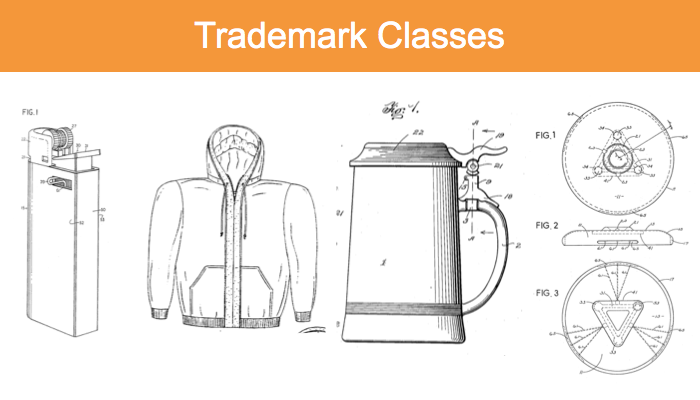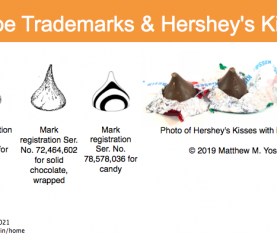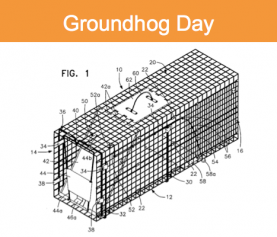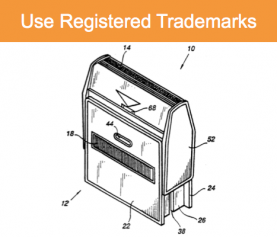Trademark classes
When planning to register a trademark, you must choose which trademark classes to use for your goods and/or services. If you have questions about what trademark classes you should be considering, call me at 617-340-9295 or email me at my Contact Me page, and read on to discover more.
WHAT ARE TRADEMARK CLASSES?
Trademark classes are a way to quickly classify the goods, services, or both, on which a mark is used, to identify the seller as the source of the goods or services. As a brand owner, when you apply to register a mark, you identify one or more relevant classes for the goods or services you’re offering. And, for each class, you must describe the goods or services.
HOW MANY TRADEMARK CLASSES SHOULD YOU REGISTER IN?
This depends on your business and your goals. There are 45 “international classes,” and while there are more U.S.-classes, the international classes are more useful as a framework. You should consider registering for every class that is important to your business, now and in the next three to four years (to see why that time horizon applies, check out my post on “use in commerce” and “intent to use” in trademark registration applications).
That is, if there’s a type of product you sell, or a service you offer, that is important enough to your business that the benefits of trademark registration are worthwhile, you should consider registering your mark in the applicable class or classes. While you probably don’t want to register your mark in all of the classes, consider the following example.
COORS LIGHT
Coors Light is a well-known brand, belonging to the Coors Brewing Co. They’ve registered “COORS LIGHT” as text or incorporated it into images in 39 registrations (and have many more registrations). Of those, 24 have been abandoned (see my post on dead trademarks for more info), which likely reflects marketing campaigns they’re not using. The 15 active registrations include registrations in:
- class 32, for “beer” (not surprising!)
- class 21, for “beverage glassware, portable coolers, beer steins, bottle openers, [picnic baskets,] portable ice chests for food and beverages, thermal insulated wrap for cans to keep the contents cold or hot, insulating sleeve holders for beverage cans, mugs, cups, pitchers, ice buckets, portable beverage dispensers, containers for household use, serving trays not of precious metal.”
- class 25, for “clothing; namely, shirts, T-shirts, tank-tops, sweatshirts, sweat pants, jackets, shorts, [uniforms, scarves, suspenders,] hats, caps, visors, pants, [garters, ties,] socks, shoes, underwear, gloves, [and headbands]”
- class 35, for “lighters”
- class 28, for “sporting goods-namely, flying saucers”
- class 35, for “Promoting public awareness of the need for moderation and responsibility in drinking alcoholic beverages by arranging for free transportation to the public”
- class 16, for “paper goods, namely posters”
- class 42, for “Computer services, namely, providing a wide range of information relating to beer, malt beverages and the environment by means of a computer network” Really!
You don’t have to register in as many classes as Coors has, of course. But if you’re selling merchandise and offering services in multiple classes, you should consider which classes make sense to protect you as you build your brand. (Wondering why I chose the images above? They show some types of goods for which Coors has registered marks.)
HOW DO YOU CHOOSE TRADEMARK CLASSES FOR GOODS AND SERVICES?
Your attorney will work with you to identify the appropriate classes that make business sense for you, and to choose the right descriptions of the goods and/or services. Of course, you don’t have to register your trademark in the U.S. at all as trademark rights are built through use – but registration comes with many benefits, as I describe in this blog post. If you have questions about your trademark registration strategy, call me at 617-340-9295 or email me at my Contact Me page. Or, find me on Facebook, Twitter, Google+, LinkedIn, Google Local, or Avvo.






